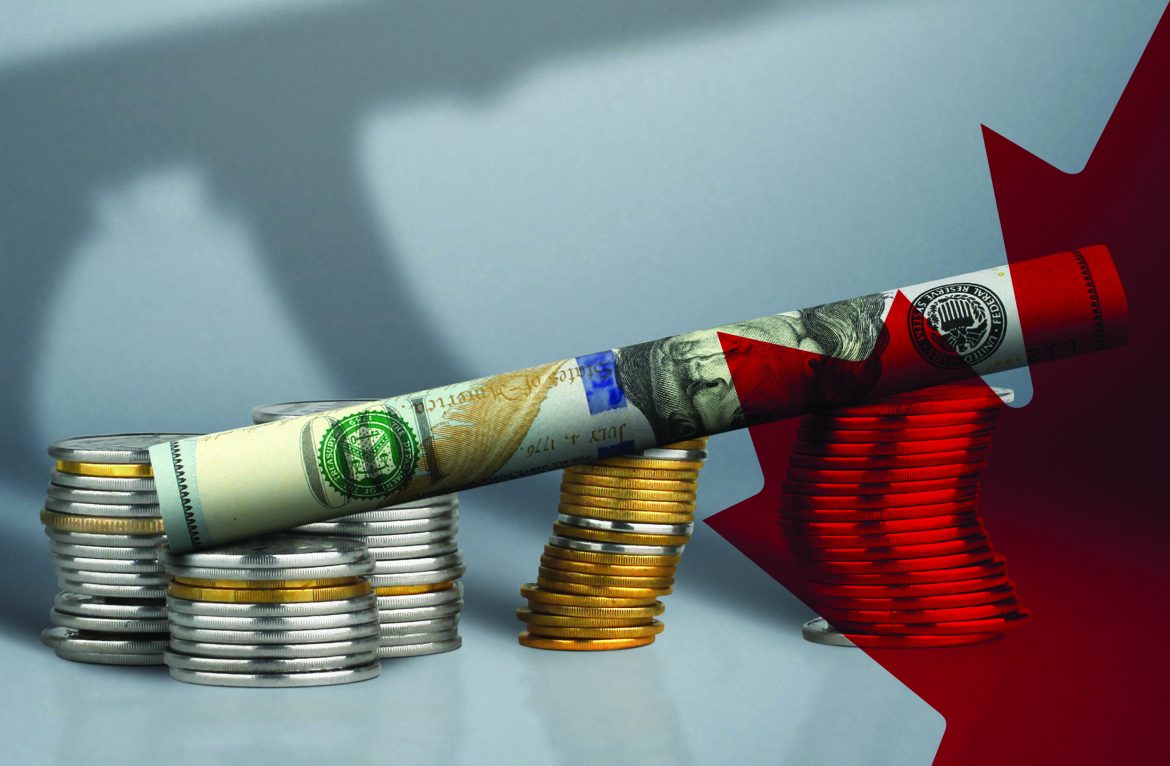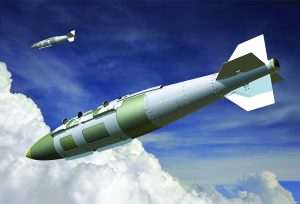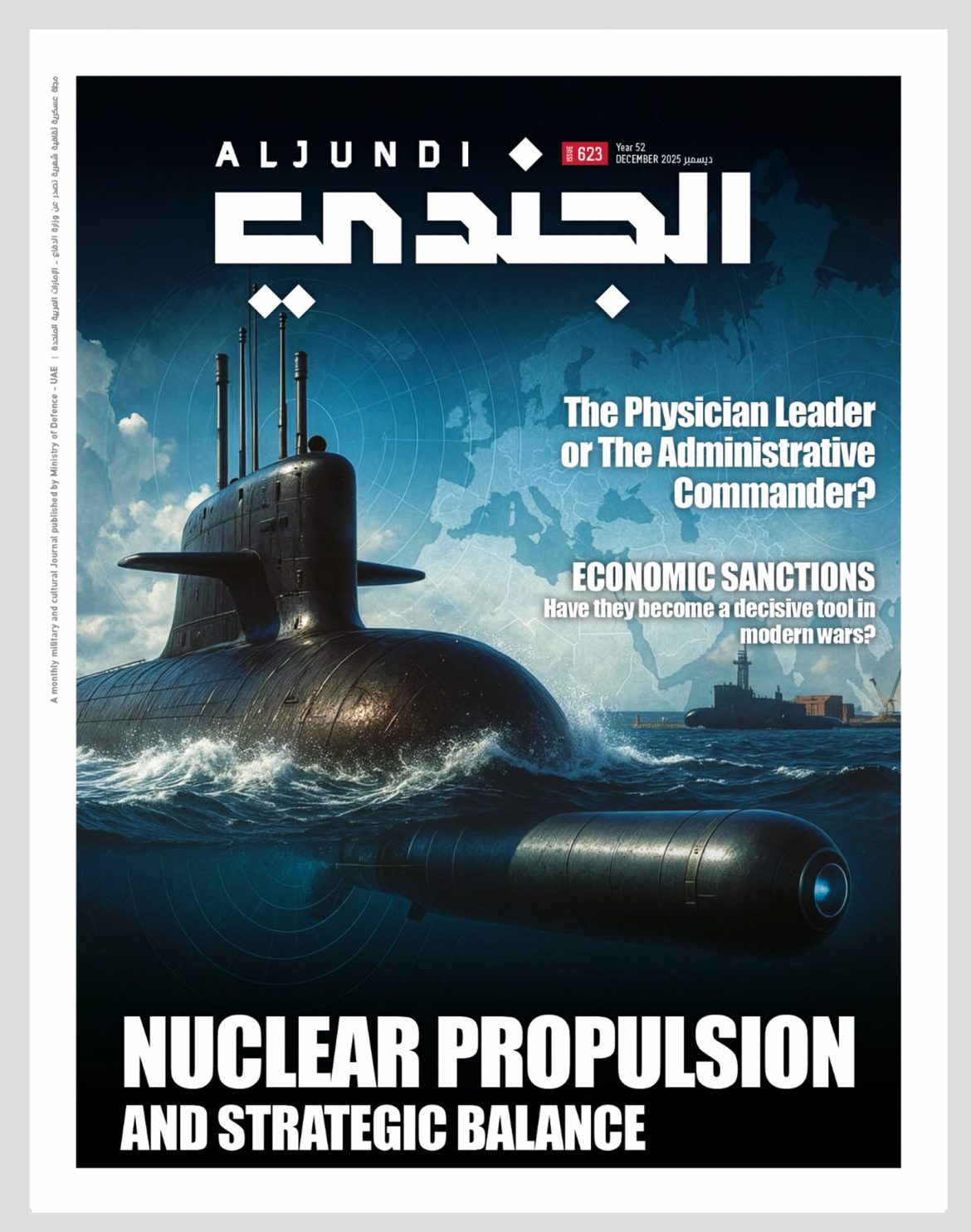The sharp rise in military spending amid an increasingly volatile and unpredictable global security landscape—particularly since the onset of the Russia-Ukraine war—has prompted governments worldwide to rethink their defence procurement strategies and underlying philosophies.

According to the International Institute for Strategic Studies, global defence spending reached $2.46 trillion in 2024, up from $2.24 trillion in 2023. As a percentage of global GDP, this represents an increase from an average of 1.59% in 2022 to 1.80% in 2023, and further to 1.94% in 2024. A substantial portion of this spending has been directed toward acquiring new weapons systems and military equipment, including artillery, small arms, armoured vehicles, aircraft, helicopters, naval vessels, and submarines, in addition to a broad range of other defence-related products. Growing concerns over delays, budget overruns, and other challenges in major procurement projects have reignited interest in reforming the institutional structures and mechanisms that govern defence acquisitions.
This study aims to shed light on the intricacies of defence procurement by focusing on the Canadian experience. It explores three core areas:
1. The organisational framework and the roles of key actors involved in Canadian defence procurement.
2. The strategic objectives guiding Canada’s procurement approach.
3. The primary challenges complicating the process and the key recommendations offered by scholarly literature to improve procurement efficiency.

1. The Organisational Framework and Stakeholder Roles
Defence procurement in Canada is a multifaceted process involving several federal departments, most notably: the Department of National Defence (DND), the Canadian Coast Guard (CCG), Public Services and Procurement Canada (PSPC), Innovation, Science and Economic Development Canada (ISED), and the Department of Finance. This decentralised, multi-agency approach is relatively unique compared to other industrialised nations, which often adopt more centralised or streamlined models.
In some countries, procurement responsibilities lie directly with the military branches themselves, such as in the United States and Ireland. Others delegate the process to their ministries of defence, central defence institutions, or even independent government agencies. A select few, like South Africa and Sweden, have assigned procurement responsibilities to civil society institutions or state-owned civilian bodies.
This diversity in models, shown in the table above, reflects the wide spectrum of national approaches to equipping armed forces. For example, in countries like the United States, the military services maintain significant autonomy over their own procurement activities, granting them greater control and flexibility. In contrast, countries such as India place the entirety of procurement responsibilities in the hands of the Ministry of Defence.
Some nations, including France, have created centralised defence procurement agencies with dedicated budgets, independent from the armed forces. The Direction Générale de l’Armement (DGA) in France is a prime example, tasked with all procurement activities across the French military. Similarly, South Korea’s Defence Acquisition Program Administration (DAPA), led by a designated minister, oversees all aspects of procurement independently of the Ministry of National Defence.
Sweden presents an alternative model, having established the Swedish Defence Materiel Administration (FMV) in 1968 as a civilian authority representing the government in defence procurement matters.
Despite the wide variety of models, the common denominator remains clear: each country designs its procurement framework to meet its specific military requirements, economic constraints, and industrial capacities.
Moreover, in recent years, many governments have taken steps to reform and streamline their national defence procurement organisations and processes to improve the management of defence materials and accelerate acquisition timelines.
Canada’s Path to Reform and Modernisation
Acknowledging the complexity of its own system, Canada launched significant reforms in 2014 with the introduction of the Defence Procurement Strategy (DPS). This initiative aimed to enhance efficiency, transparency, and accountability in the procurement process while clearly defining the roles of participating departments and stakeholders as follows:
• The Department of National Defence (DND) and the Canadian Coast Guard (CCG) - Responsible for identifying capability requirements, developing technical specifications, analysing procurement options, estimating costs, securing initial approvals and funding, and overseeing integration and delivery across all phases of procurement.
• Public Services and Procurement Canada (PSPC) – Charged with leading industry engagement, develops procurement strategies, manages the bidding and tendering process, evaluates technical proposals and pricing, awards contracts, and monitors supplier performance.
• Innovation, Science and Economic Development Canada (ISED) – This entity plays a critical role in maximising the economic benefits of defence procurement. It designs and enforces industrial and technological benefit policies, provides guidance on applying these policies to specific projects, and develops evaluation criteria to ensure that procurement contributes to national economic growth. These efforts are carried out in consultation with Global Affairs Canada (GAC) to align industrial objectives with Canada’s broader strategic interests.

Objectives and Implementation Mechanisms
1. Delivering the Right Equipment, at the Right Time
At the heart of the Canadian Defence Procurement Strategy is a clear goal: to provide the Canadian Armed Forces (CAF) and the Canadian Coast Guard (CCG) with the necessary equipment and support, when and where it is needed. This is guided by a collaborative framework involving government stakeholders and the domestic defence industry.
To ensure timely and accurate procurement, the government has introduced several key mechanisms:
• Enhancing the federal government’s understanding of industrial defence solutions.
• Encouraging open information exchange between industry players and government bodies.
• Helping industry stakeholders grasp the capability needs and economic return expectations of the Canadian government.
• Supporting informed and timely acquisition decisions.
2. Streamlining Procurement Processes and Coordinating Decision-Making
Modernising defence procurement procedures is another pillar of the strategy. Through a more collaborative and innovative approach, the government is aiming to simplify and harmonise decision-making. Thus Canada introduced several initiatives including:
• Creation of the Defence Procurement Strategy Secretariat (2014): This body coordinates and implements the multi-departmental procurement approach, ensuring alignment across government institutions involved in defence acquisitions.
• Implementation of a Streamlined Approval Process (2018): This pilot initiative enables the Department of National Defence (DND) and the Canadian Coast Guard (CCG) to obtain equipment more rapidly, without compromising due diligence and oversight.
• Review of Delegated Authorities: The government is considering expanding DND’s delegated procurement authority, particularly for low-value, low-complexity acquisitions. This would enable quicker, more efficient procurement.
• Updating Contract Costing and Profit Margin Guidelines: With procurement practices evolving domestically and globally, existing guidelines are under review to ensure they remain aligned with current market realities.
3. Leveraging Defence Procurement to Boost Job Creation and Economic Growth
Canada’s strategy goes beyond equipping its forces—it also aims to stimulate the national economy. The Industrial and Technological Benefits (ITB) policy leverages defence and security spending to generate high-value jobs and foster innovation across Canada.
To ensure economic returns, the government introduced four evaluation criteria for defence procurement proposals:
1. Contribution to the development of Canada’s defence sector nationwide, including support for small and medium-sized enterprises (SMEs).
2. Promotion of Canadian participation in global supply chains.
3. Investment in research and development within Canada.
4. Creation of export opportunities for Canadian defence industries.
These principles are intended to ensure that every defence dollar not only enhances national security but also delivers long-term economic value.
Conclusion
Despite the diversity of defence procurement models and the various reforms implemented across numerous countries in recent years, the literature consistently indicates that most procurement processes—regardless of the model adopted—continue to face familiar challenges. These challenges include bureaucratic hurdles, political interference, budget overruns, and delays in acquisition and delivery.
Recommendations for Enhanced Procurement Efficiency
None of the existing procurement models appears capable of offering comprehensive solutions to the full range of challenges facing 21st-century defence procurement. Chief among these challenges are growing complexity, the rising costs of major weapons systems, increasingly intricate global supply chains, and the rapid pace of technological advancement in the defence sector. In response, academic and policy literature outlines a series of interlinked recommendations to improve procurement efficiency in complex environments:
1. Elevating defence procurement as a national strategic priority.
2. Investing in data collection, analysis, and performance measurement.
3. Centralising procurement processes to improve oversight and coordination.
4. Increasing defence procurement budgets to match modern demands.
5. Accelerating and simplifying acquisition cycles.
6. Incorporating lessons learned from previous procurement experiences.
7. Minimising political interference in procurement decisions.
8. Reducing risk aversion in acquisition planning.
9. Investing in human capital within procurement agencies.
10. Enhancing transparency and accountability mechanisms.
11. Developing flexible contracting frameworks.
12. Improving access to financing for suppliers at all levels.
13. Deepening cooperation between government and industry to expand surge capacity when needed.
Conclusion
This study examined the structure, strategy, and execution of Canada’s defence procurement system, highlighting its key objectives and reforms. By comparing the Canadian model with global trends, the analysis underscores both the progress made and the enduring challenges faced. While no single model has yet proven capable of addressing all the complexities of modern defence procurement, Canada’s evolving approach offers valuable insights. It reinforces the importance of agility, coordination, and innovation in crafting procurement strategies that are not only responsive to national security demands but also contribute meaningfully to economic development.
By: Professor Wael Saleh
(Expert at Trends Research and Advisory Center)














